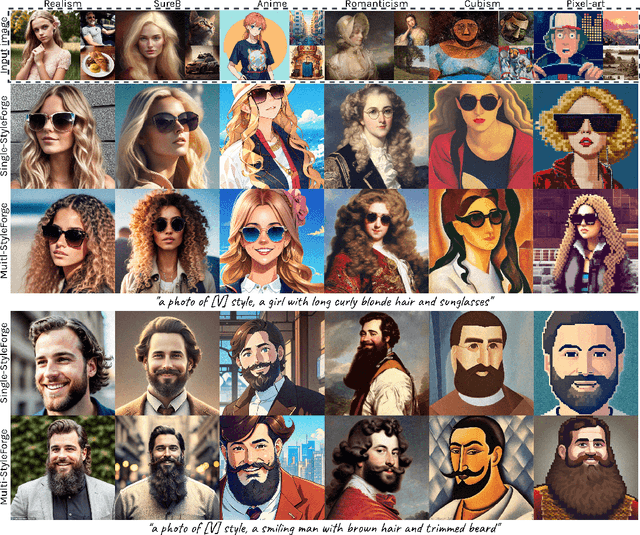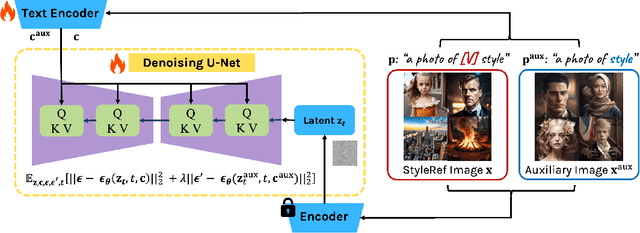Junseo Park
I2AM: Interpreting Image-to-Image Latent Diffusion Models via Attribution Maps
Jul 17, 2024



Abstract:Large-scale diffusion models have made significant advancements in the field of image generation, especially through the use of cross-attention mechanisms that guide image formation based on textual descriptions. While the analysis of text-guided cross-attention in diffusion models has been extensively studied in recent years, its application in image-to-image diffusion models remains underexplored. This paper introduces the Image-to-Image Attribution Maps I2AM method, which aggregates patch-level cross-attention scores to enhance the interpretability of latent diffusion models across time steps, heads, and attention layers. I2AM facilitates detailed image-to-image attribution analysis, enabling observation of how diffusion models prioritize key features over time and head during the image generation process from reference images. Through extensive experiments, we first visualize the attribution maps of both generated and reference images, verifying that critical information from the reference image is effectively incorporated into the generated image, and vice versa. To further assess our understanding, we introduce a new evaluation metric tailored for reference-based image inpainting tasks. This metric, measuring the consistency between the attribution maps of generated and reference images, shows a strong correlation with established performance metrics for inpainting tasks, validating the potential use of I2AM in future research endeavors.
Text-to-Image Synthesis for Any Artistic Styles: Advancements in Personalized Artistic Image Generation via Subdivision and Dual Binding
Apr 08, 2024



Abstract:Recent advancements in text-to-image models, such as Stable Diffusion, have demonstrated their ability to synthesize visual images through natural language prompts. One approach of personalizing text-to-image models, exemplified by DreamBooth, fine-tunes the pre-trained model by binding unique text identifiers with a few images of a specific subject. Although existing fine-tuning methods have demonstrated competence in rendering images according to the styles of famous painters, it is still challenging to learn to produce images encapsulating distinct art styles due to abstract and broad visual perceptions of stylistic attributes such as lines, shapes, textures, and colors. In this paper, we introduce a new method, Single-StyleForge, for personalization. It fine-tunes pre-trained text-to-image diffusion models to generate diverse images in specified styles from text prompts. By using around 15-20 images of the target style, the approach establishes a foundational binding of a unique token identifier with a broad range of the target style. It also utilizes auxiliary images to strengthen this binding, resulting in offering specific guidance on representing elements such as persons in a target style-consistent manner. In addition, we present ways to improve the quality of style and text-image alignment through a method called Multi-StyleForge, which inherits the strategy used in StyleForge and learns tokens in multiple. Experimental evaluation conducted on six distinct artistic styles demonstrates substantial improvements in both the quality of generated images and the perceptual fidelity metrics, such as FID, KID, and CLIP scores.
 Add to Chrome
Add to Chrome Add to Firefox
Add to Firefox Add to Edge
Add to Edge